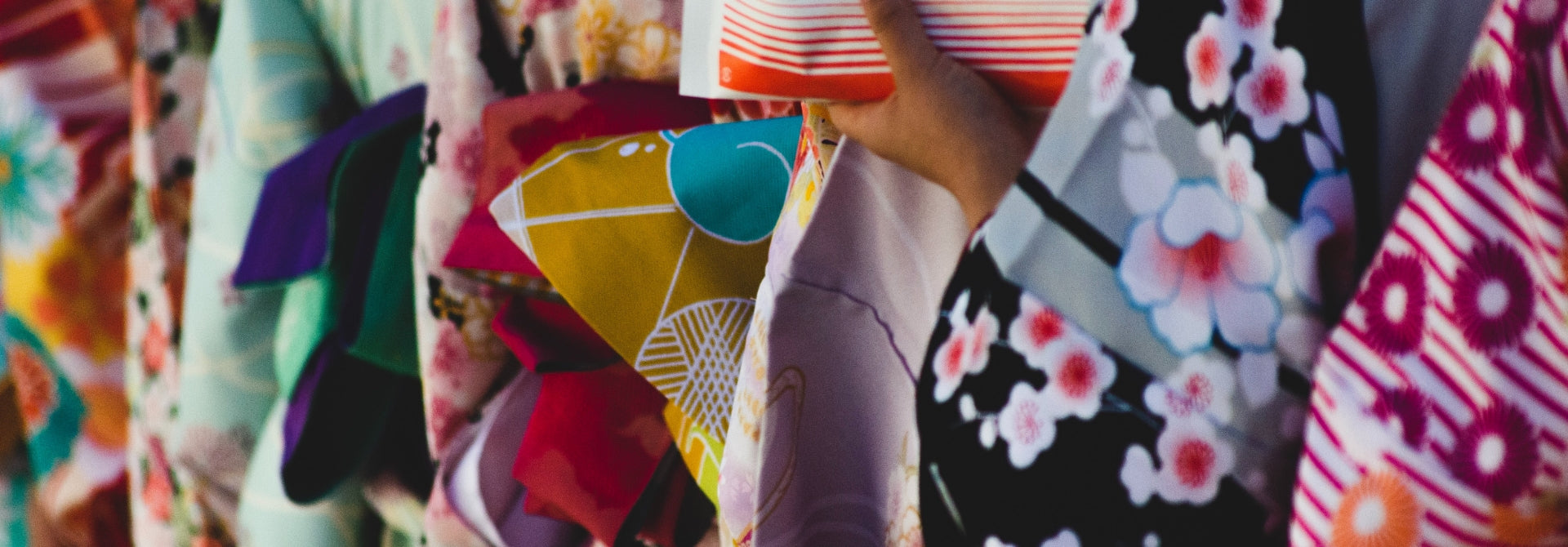The History of Kabazaiku
The wild Mountain Cherry trees repeatedly revive and re-grow. The trees are not harvested by cutting down instead, a special technique is used whereby only the bark is removed, allowing the trees to live on. After several years over the areas from which the bark has been taken, a cork-like 'second skin of bark grows back. This too can be harvested with the process being repeated again and again.
Harvesting during the winter results in about 20 new shoots sprouting. Most of these are pruned back, but a few strong ones are allowed to remain to ensure thriving healthy trees. Besides sprout regeneration, cherry kernels which have dropped to the ground can result in new trees through spontaneously germination. The Mountain Cherry trees can be considered as an eco-material that undergoes repeated resurgence and re-growth.
Kabazaiku is the craft of making products from wild Mountain Cherry bark. The technique was first used 230 years ago for brush handles, bows, and sheaths for swords and other items. Nowadays, it is used instead to make tea caddies, trays, snack dishes, saucers, and other everyday items for modern living.
Kabazaiku techniques have been passed down from masters to apprentices, which is why the whole process is carried out delicately by hand. Far from being dated, Kabazaiku craft products are modern and continually changing to meet the needs of the times.
The traditional element of Kabazaiku is the craft itself.

